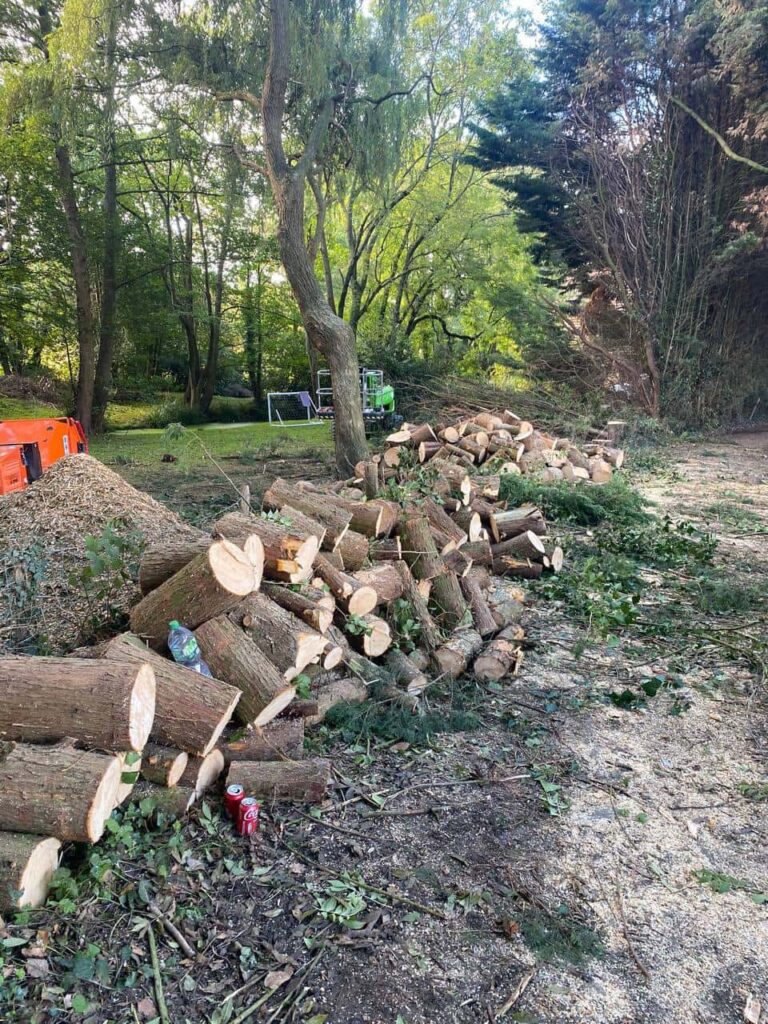Introduction: In urban environments, trees play a crucial role in improving air quality, providing shade, and enhancing the overall aesthetic appeal of neighbourhoods. However, these same trees can also impact stormwater management, and improper management can lead to flooding and damage. In this blog post, we’ll explore how tree reshaping can contribute to effective stormwater management in urban areas, with insights from Mundford Tree Surgeons.
The Importance of Stormwater Management:
Urban areas are often covered in impervious surfaces like roads, sidewalks, and buildings, which prevent rainwater from being absorbed into the ground. Managing stormwater becomes essential to prevent flooding, erosion, and water pollution.
Challenges Presented by Trees:
While trees offer numerous benefits, they can present challenges in urban stormwater management:
- Canopy Coverage: The canopy of mature trees can block rainwater from reaching the ground, causing concentrated runoff.
- Overhanging Branches: Overhanging branches can obstruct drainage systems, impeding stormwater flow.
- Root Systems: Tree roots can infiltrate sewer lines and stormwater drains, leading to blockages and damage.
- Leaf Litter: Falling leaves and tree debris can clog drains and exacerbate flooding.
Tree Reshaping for Stormwater Management:
Tree reshaping, or pruning, can be a valuable tool for managing stormwater in urban areas:
- Canopy Thinning: Proper pruning can reduce the density of a tree’s canopy, allowing more rainwater to reach the ground and be absorbed.
- Raise the Canopy: Elevating the lower branches of a tree creates space for water to flow underneath and helps prevent blockages in drainage systems.
- Root Pruning: Pruning tree roots that pose a risk to sewer lines and stormwater drains can prevent blockages and damage.
- Leaf Management: Regular pruning can help reduce the accumulation of leaves and debris in stormwater drains.
The Benefits of Effective Stormwater Management:
- Reduced Flooding: Properly reshaped trees allow rainwater to disperse more evenly, reducing the risk of flooding in urban areas.
- Improved Drainage: Clear pathways for stormwater flow and reduced root intrusion enhance the efficiency of drainage systems.
- Preservation of Trees: Tree reshaping minimises the need for tree removal, preserving the urban canopy and its numerous benefits.
Conclusion: Tree reshaping for stormwater management requires the expertise of certified arborists who understand the needs of urban trees and their unique challenges. Tree reshaping is a valuable practice in managing stormwater in urban areas, helping to prevent flooding, protect infrastructure, and preserve the vital role of trees in our cities.
Call us on: 01842 771 096
Click here to find out more about Mundford Tree Surgeons
Click here to complete our contact form and see how we can help with your tree’s needs.

